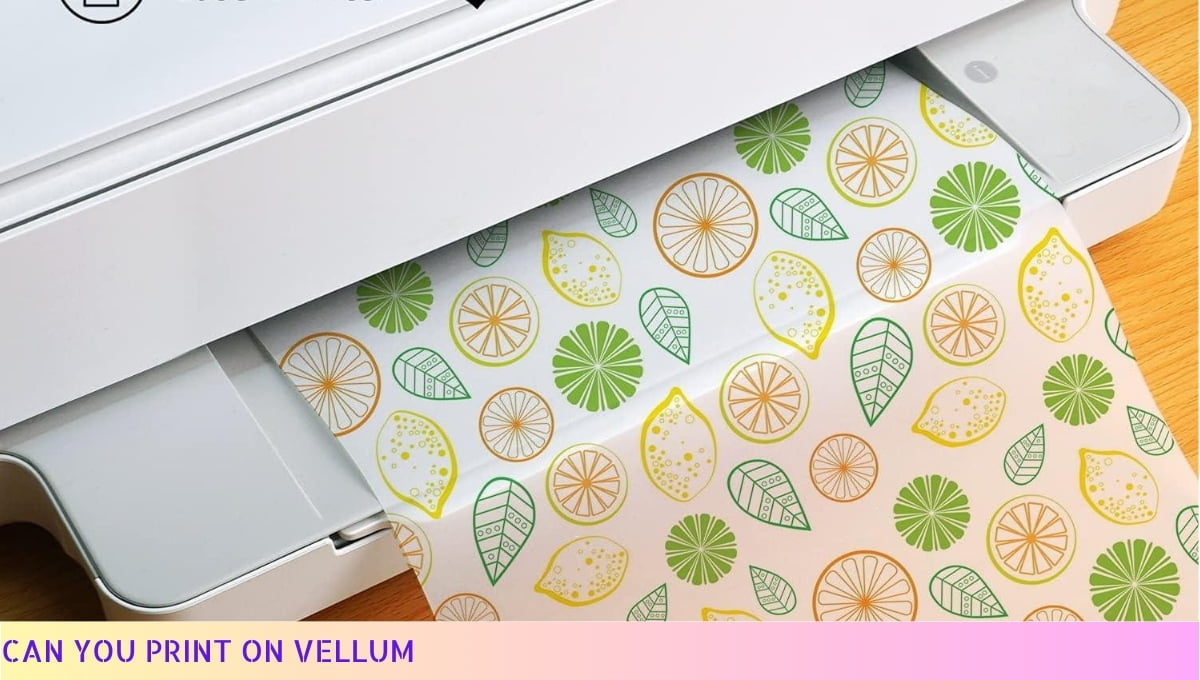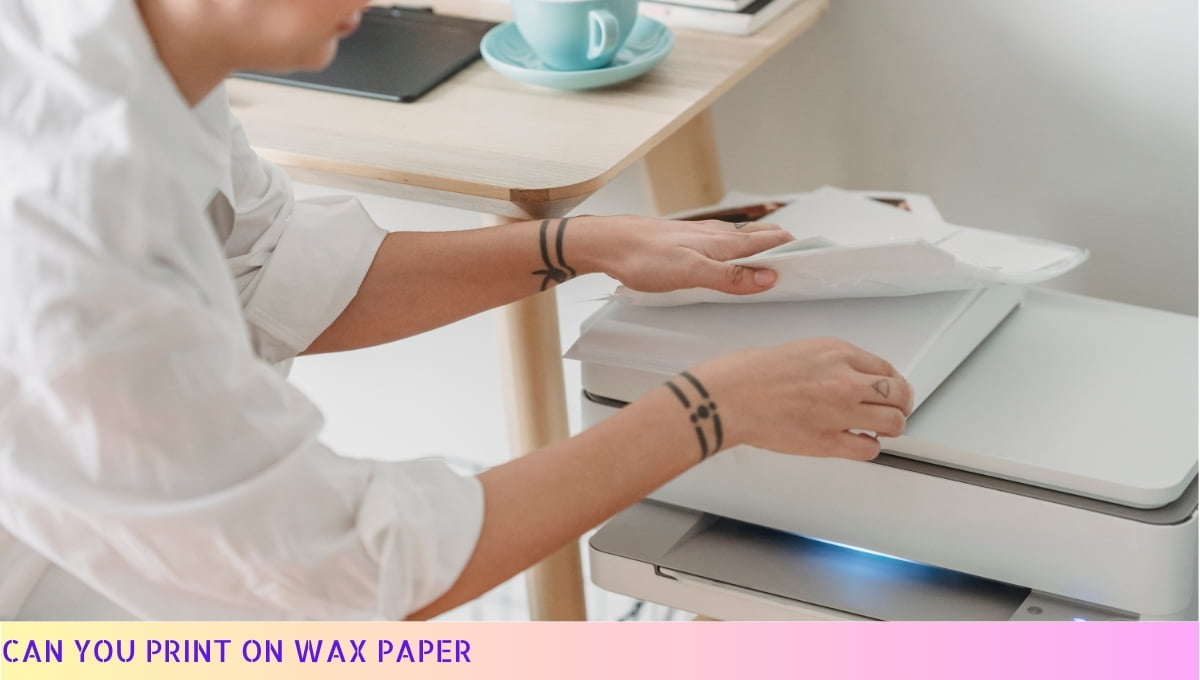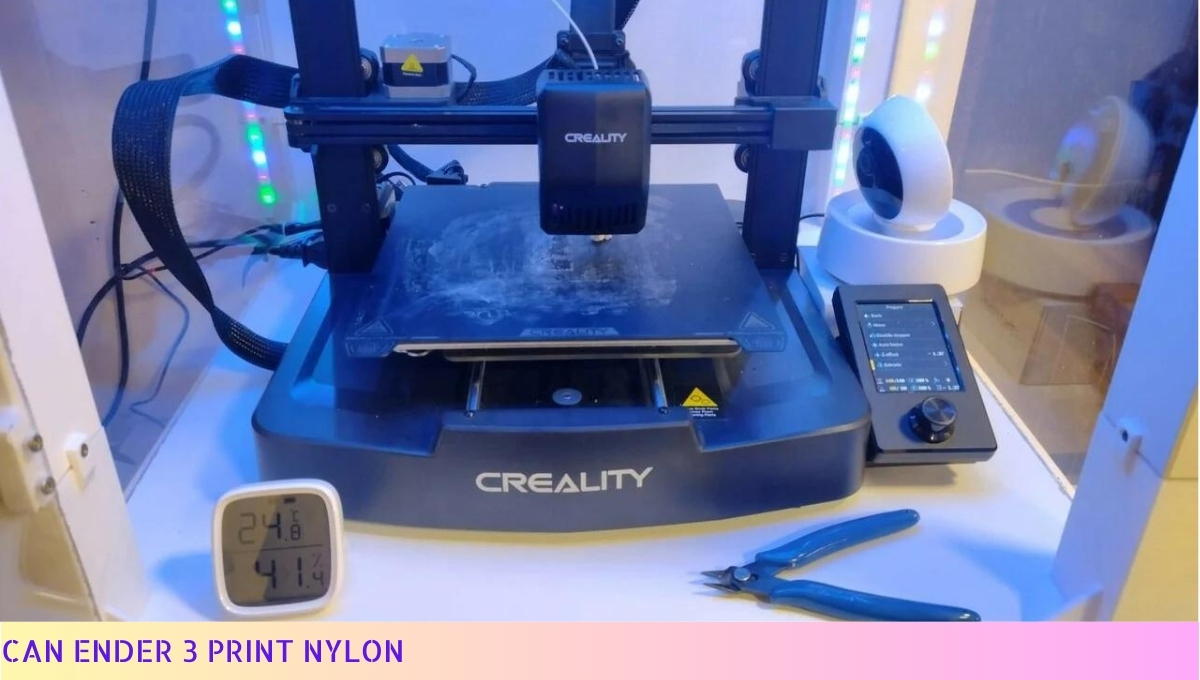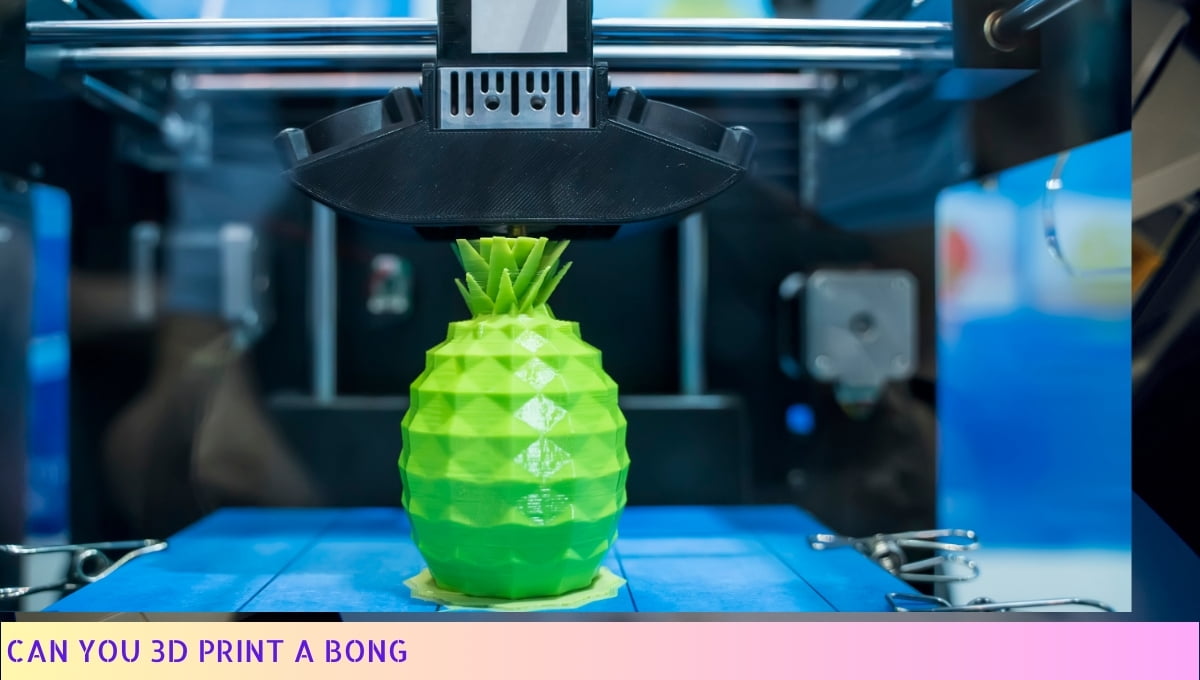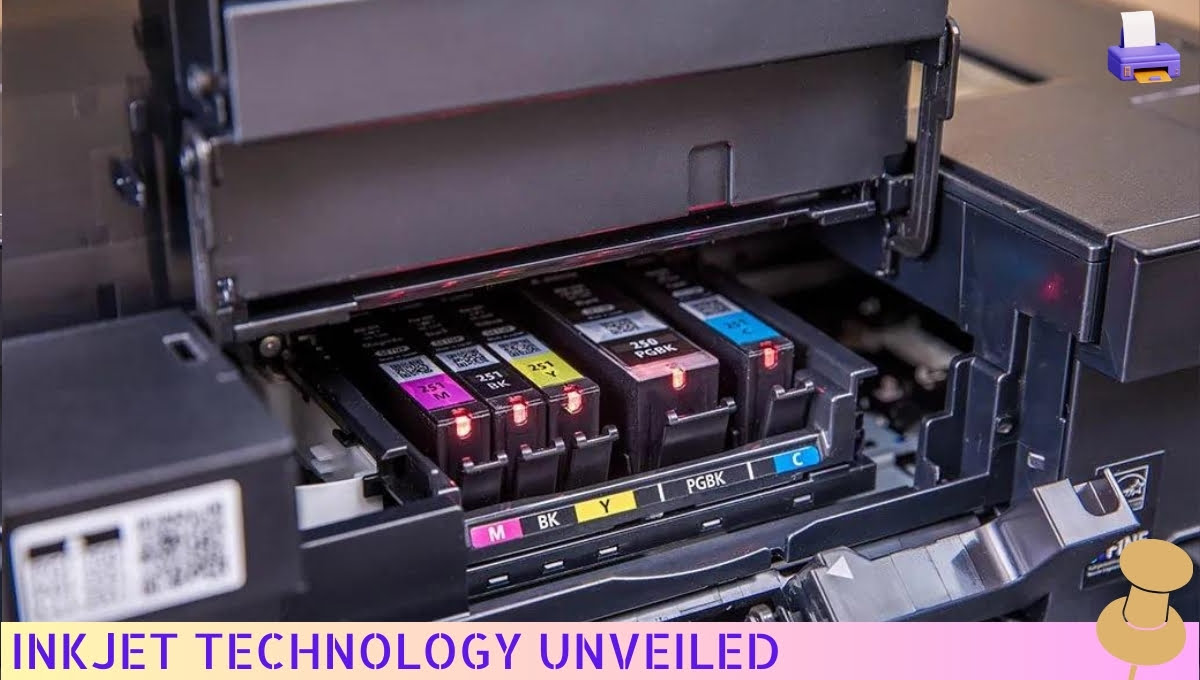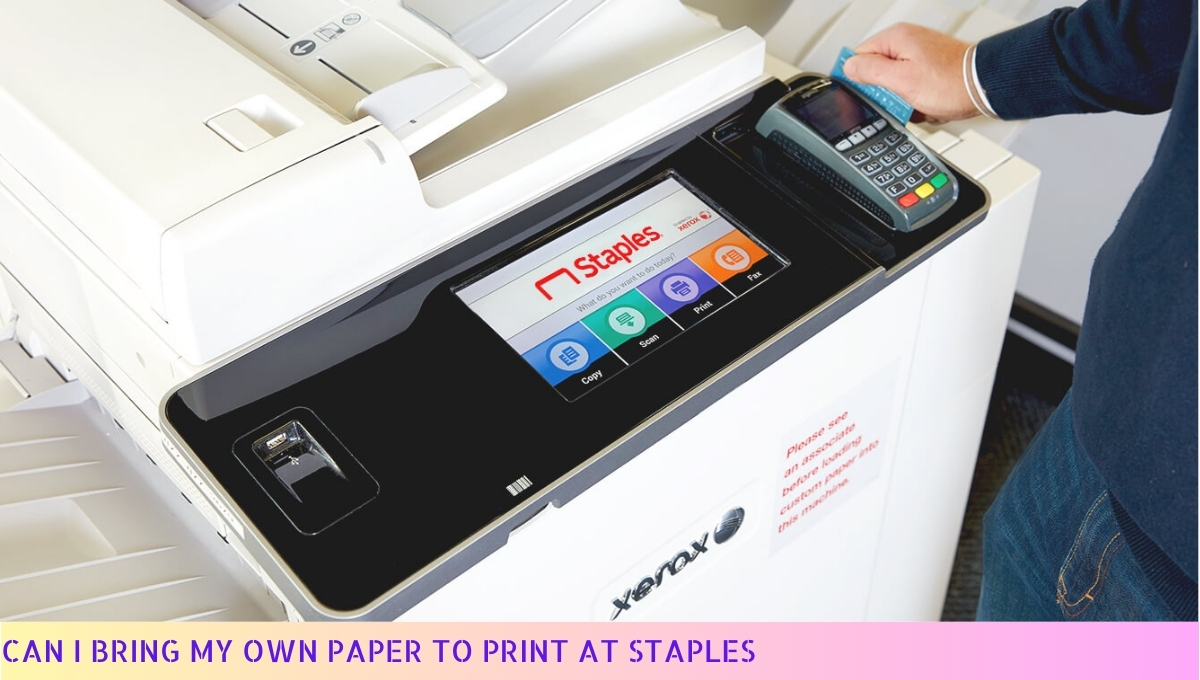Yes, you can print on vellum.
Vellum is a type of translucent paper that can be used in printers, allowing you to print text, images, and designs on it.
It is commonly used for various purposes such as invitations, certificates, and overlays in art and crafts projects.
However, it is important to note that printing on vellum may require special settings or adjustments on your printer to ensure optimal results.
I. Benefits of Printing on Vellum
Printing on vellum offers a range of benefits that can enhance your printing projects. Whether you’re creating invitations, artwork, or architectural plans, vellum can add a touch of elegance and sophistication.
Here are some key advantages of printing on vellum:
- Translucency: Vellum’s translucent nature allows light to pass through, creating a unique visual effect. This can make your printed designs appear more vibrant and captivating.
- Durability: Vellum is known for its durability and resistance to tearing. This makes it a great choice for projects that require frequent handling or transportation.
- Smooth Surface: Vellum has a smooth surface that is ideal for printing high-quality images and text. It allows for sharp and precise printing, ensuring that your designs look crisp and professional.
- Archival Quality: Vellum is acid-free and archival quality, meaning that it resists yellowing and deterioration over time. This makes it a reliable choice for preserving important documents or artwork.
- Versatility: Vellum is compatible with various printing techniques, including inkjet and laser printers. This versatility allows you to explore different printing options and achieve the desired results.
By taking advantage of these benefits, you can elevate your printing projects to a whole new level.
II. Tips for Printing on Vellum
Printing on vellum can be a bit tricky, but with the right techniques, you can achieve stunning results.
Here are some tips to help you get the best prints on vellum:
- Choose the right printer: Not all printers are compatible with vellum. Look for a printer that has a straight paper path and can handle delicate materials like vellum without causing jams or smudging.
- Select the appropriate print settings: Adjust the print settings on your printer to ensure optimal results. Use a high-quality print mode and select the appropriate paper type, such as “transparency” or “vellum,” in the printer settings.
- Handle vellum with care: Vellum is a delicate material, so it’s important to handle it gently to avoid creases or smudges. Hold the vellum by the edges and avoid touching the printable surface to prevent fingerprints or smudges.
- Use the right ink: When printing on vellum, it’s recommended to use dye-based inks rather than pigment-based inks. Dye-based inks dry faster and are less likely to smudge on vellum.
- Allow sufficient drying time: After printing, give the vellum enough time to dry completely before handling it. This will help prevent smudging or smearing of the ink.
- Test print on a scrap piece: Before printing your final design on vellum, it’s always a good idea to do a test print on a scrap piece of vellum. This will allow you to check the print quality and make any necessary adjustments before printing on your precious vellum sheets.
- Avoid excessive heat: Vellum is sensitive to heat, so avoid using excessive heat during the printing process. Lower the temperature settings on your printer if possible to minimize the risk of warping or curling.
- Store printed vellum properly: To preserve the quality of your printed vellum, store it in a cool, dry place away from direct sunlight. Consider using protective sleeves or acid-free archival boxes to prevent damage or yellowing over time.
By following these tips, you can ensure that your prints on vellum turn out beautifully and last for years to come.
III. Printer Compatibility with Vellum
1. Why Printer Compatibility Matters
Printing on vellum can be a delicate process, and not all printers are compatible with this unique material. It’s important to ensure that your printer is compatible to avoid any potential damage to the vellum or the printer itself.
Here are a few key considerations to keep in mind when it comes to printer compatibility with vellum:
Inkjet or Laser?
When choosing a printer for vellum printing, you’ll need to decide between an inkjet or a laser printer. Both types have their pros and cons, so it ultimately depends on your specific needs and preferences.
2. Inkjet Printers:
Inkjet printers use liquid ink sprayed onto the vellum to create the desired print. They are generally more affordable than laser printers and can produce vibrant, high-quality prints.
However, it’s important to note that the ink used in inkjet printers may take longer to dry on vellum, which can lead to smudging if not handled carefully.
3. Laser Printers:
Laser printers, on the other hand, use toner powder and heat to fuse the print onto the vellum. They are known for their fast printing speed and crisp, smudge-free results.
Laser printers are generally more expensive than inkjet printers, but they offer excellent print quality and are ideal for high-volume printing.
4. Paper Weight and Thickness
Another crucial factor to consider when it comes to printer compatibility with vellum is the paper weight and thickness. Vellum is a lightweight and translucent material, so it’s essential to use a printer that can handle thinner papers without causing any jams or misfeeds.
5. Adjustable Paper Tray:
Look for a printer that comes with an adjustable paper tray or a manual feed option. This feature allows you to adjust the tray to accommodate the delicate vellum sheets properly. It also helps prevent the vellum from getting caught or wrinkled during the printing process.
6. Straight Paper Path:
A straight paper path is another important feature to look for in a printer for vellum printing. This means that the paper feeds in a straight line through the printer, minimizing the risk of the vellum getting bent or creased.
A curved or twisted paper path can cause issues with vellum printing, resulting in poor print quality or even damage to the material.
7. Consult the Printer Manual
To ensure printer compatibility with vellum, it’s always a good idea to consult the printer manual or contact the manufacturer directly.
They can provide specific recommendations and guidelines for printing on vellum with their printers. Following their instructions will help you achieve the best possible results and avoid any potential issues.
Verdict
Printer compatibility is a crucial aspect of vellum printing. Choosing the right printer, whether it’s an inkjet or laser, and ensuring it can handle the delicate nature of vellum will help you achieve optimal results.
Remember to consider factors like paper weight, adjustable paper trays, and straight paper paths when selecting a printer for your vellum printing needs.
By following these guidelines and consulting the printer manual, you’ll be well on your way to successful vellum printing.
IV. Best Practices for Handling Printed Vellum
When it comes to handling printed vellum, there are a few best practices to keep in mind. By following these tips, you can ensure that your printed vellum remains in excellent condition and is ready for use in your projects.
- Handle with Care: Vellum is a delicate material, so it’s important to handle it with care. Avoid touching the printed surface directly, as the oils from your fingers can leave smudges or stains. Instead, use clean, dry hands or wear gloves to prevent any damage.
- Allow for Drying Time: After printing on vellum, give the ink some time to dry completely. Vellum has a smooth surface, which means the ink may take longer to dry compared to regular paper. To prevent smudging or smearing, it’s best to wait for the ink to fully set before handling the printed vellum.
- Store Properly: To keep your printed vellum in pristine condition, store it in a cool, dry place away from direct sunlight. Excessive heat or humidity can cause the vellum to warp or become discolored. Consider using protective sleeves or archival boxes to prevent any damage from dust or moisture.
- Avoid Excessive Handling: While it’s tempting to constantly admire your printed vellum, excessive handling can lead to wear and tear. Minimize unnecessary touching or bending of the vellum to maintain its integrity. If you need to transport or display the printed vellum, use a protective cover or frame to prevent any accidental damage.
- Use Acid-Free Materials: When mounting or framing printed vellum, it’s crucial to use acid-free materials. Acidic materials can cause the vellum to deteriorate over time, leading to discoloration or degradation. Opt for acid-free adhesives, mat boards, and mounting tapes to ensure the longevity of your printed vellum.
By following these best practices, you can ensure that your printed vellum remains in excellent condition, ready to be showcased in your projects.
Remember, proper handling and storage are key to preserving the beauty and integrity of this unique printing material.
Can You Print On Vellum – FAQs
1. Can you print on vellum?
Yes, vellum is a type of translucent paper that can be printed on using various printing methods.
2. What is vellum?
Vellum is a high-quality paper made from animal skin, typically calf, goat, or sheep, that has been treated and refined to create a smooth, translucent surface.
3. What printing methods can be used on vellum?
Vellum can be printed on using inkjet printers, laser printers, and traditional printing methods such as letterpress and screen printing.
4. Are there any special considerations when printing on vellum?
Yes, when printing on vellum, it is important to use a printer that can handle delicate materials and adjust the settings to accommodate the unique properties of vellum, such as its transparency and smooth surface.
5. Can vellum be printed on both sides?
Yes, vellum can be printed on both sides, although it is recommended to test the printing method and ink to ensure there is no smudging or bleeding through to the other side.
6. What types of projects are commonly printed on vellum?
Vellum is often used for projects such as wedding invitations, certificates, overlays, scrapbooking, and artistic prints due to its elegant and translucent appearance.
7. Is vellum compatible with all ink types?
Vellum is generally compatible with most ink types, including both dye-based and pigment-based inks. However, it is always recommended to test the ink on a small piece of vellum before printing large quantities.
8. Can vellum be used with heat-based printing methods?
While vellum can be used with heat-based printing methods such as embossing and foil stamping, it is important to consider the heat tolerance of the specific vellum and adjust the temperature and pressure accordingly to avoid damaging the paper.
9. Does vellum require any special handling or storage?
Vellum should be handled with clean hands to avoid transferring oils or dirt onto the paper. It is also recommended to store vellum in a cool, dry place away from direct sunlight to prevent discoloration or warping.
10. Can vellum be used for professional printing projects?
Absolutely! Vellum’s elegant and sophisticated appearance makes it a popular choice for professional printing projects such as business cards, brochures, and promotional materials.
Wrapping Up
Well, folks, we’ve reached the end of our printing journey, and what a ride it’s been! So, can you print on vellum? The answer is a resounding YES!
Vellum, with its smooth and luxurious texture, is a perfect canvas for your printing dreams. Just make sure to use a printer that can handle thicker paper and adjust the settings accordingly.
Whether you’re creating stunning invitations, elegant artwork, or fancy certificates, vellum has got your back. So go ahead, unleash your creativity, and let your printer do its magic on this enchanting material. Happy printing, my friends!

